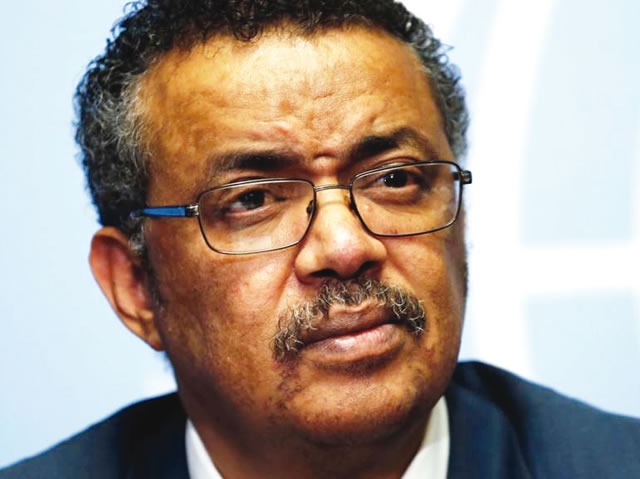WHO asks China for more data on respiratory illness outbreak

The World Health Organisation has asked China for more data on respiratory illnesses spreading in the north of the country, urging people to take steps to reduce the risk of infection.
China’s National Health Commission told reporters last week that the respiratory illness spike was due to the lifting of COVID-19 restrictions and the circulation of known pathogens, namely influenza and common bacterial infections that affect children, including mycoplasma pneumonia.
The Chinese capital of Beijing, located in the north of the country, is currently experiencing a cold snap, with temperatures expected to plummet to well below zero by Friday, state media said.
The city has “entered a high incidence season of respiratory infectious diseases,” deputy director and chief epidemiological expert at the Beijing Center for Disease Control and Prevention, Wang Quanyi, told state media.
Beijing “is currently showing a trend of multiple pathogens coexisting,” he added.
‘Due to the season’
At Beijing’s Capital Institute of Pediatrics Children’s Hospital on Thursday, AFP journalists saw crowds of parents and children dressed in winter clothes.
A parent surnamed Zhang accompanied her coughing nine-year-old son and said he had fallen ill with mycoplasma pneumonia — a pathogen that can cause sore throats, fatigue and fever.
“There are really a lot of children who have caught it recently,” she said. “Of course, that worries me!”
Li Meiling, 42, had brought her eight-year-old daughter, who she said was suffering from the same type of pneumonia.
“It’s true that a lot of children her age are ill with this at the moment,” she told AFP.
But she said she was “not particularly worried” about the WHO announcement.
“It’s winter, so it’s normal that there are more cases of respiratory illnesses. It’s due to the season.”
On November 21, the media and public disease surveillance system ProMED reported clusters of undiagnosed pneumonia in children in northern China.
The WHO said it was unclear if ProMED’s report was related to the authorities’ press conference and that it was seeking clarification.
The agency has also “requested additional information on recent trends in the circulation of known pathogens, including influenza, SARS-CoV-2 (the virus that gives rise to Covid-19), RSV affecting infants and Mycoplasma pneumoniae, as well as on the degree of overcrowding in the health system,” the statement added.
In the meantime, it urged people to take preventative measures, including getting vaccinated, keeping their distance from sick people and wearing masks.
The WHO gave no indication of China’s response to the request for more information.
China’s foreign ministry did not respond to a request for comment from AFP on Thursday.
Calls for transparency
Over the course of the Covid-19 pandemic, the WHO repeatedly criticised Chinese authorities for their lack of transparency and cooperation.
More than three years after cases were first detected in Wuhan, heated debate still rages around the origins of Covid-19.
Scientists are divided between two main theories of the cause: an escape from a laboratory in the city where such viruses were being studied and an intermediate animal that infected people at a local market.
Earlier this year, WHO experts said they were sure that Beijing had far more data that could shed light on the origins of COVID-19, and called it a moral imperative for the information to be shared.
A team of specialists led by the WHO and accompanied by Chinese colleagues investigated China in early 2021, but there has not been a team able to return since and WHO officials have repeatedly asked for additional data.
WHO chief Tedros Ghebreyesus has stressed that getting to the bottom of the mystery could help avert future pandemics.













